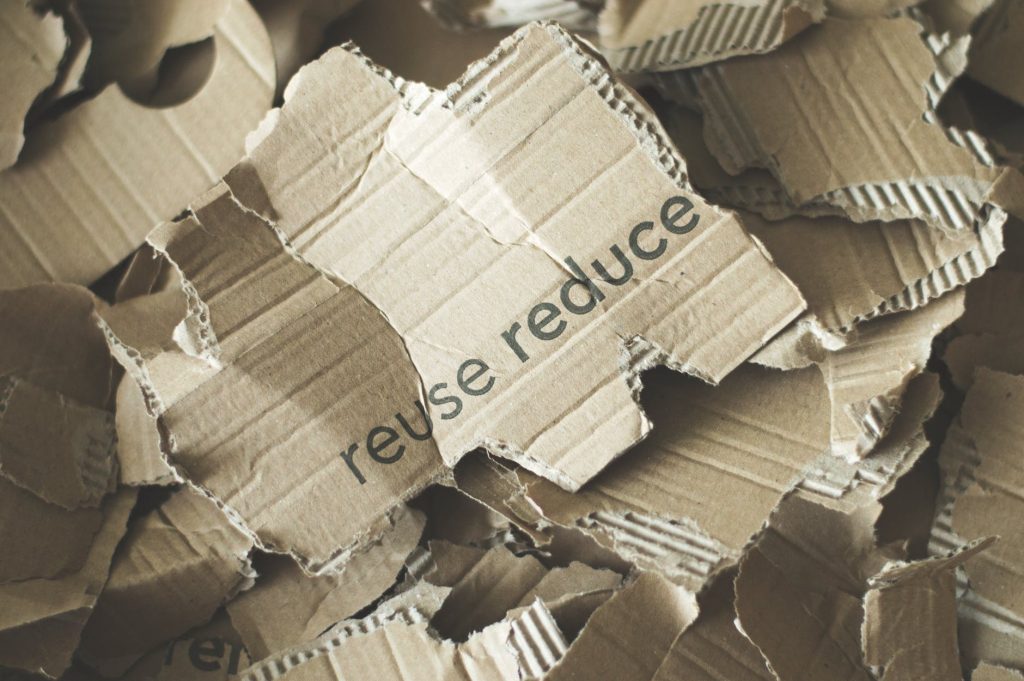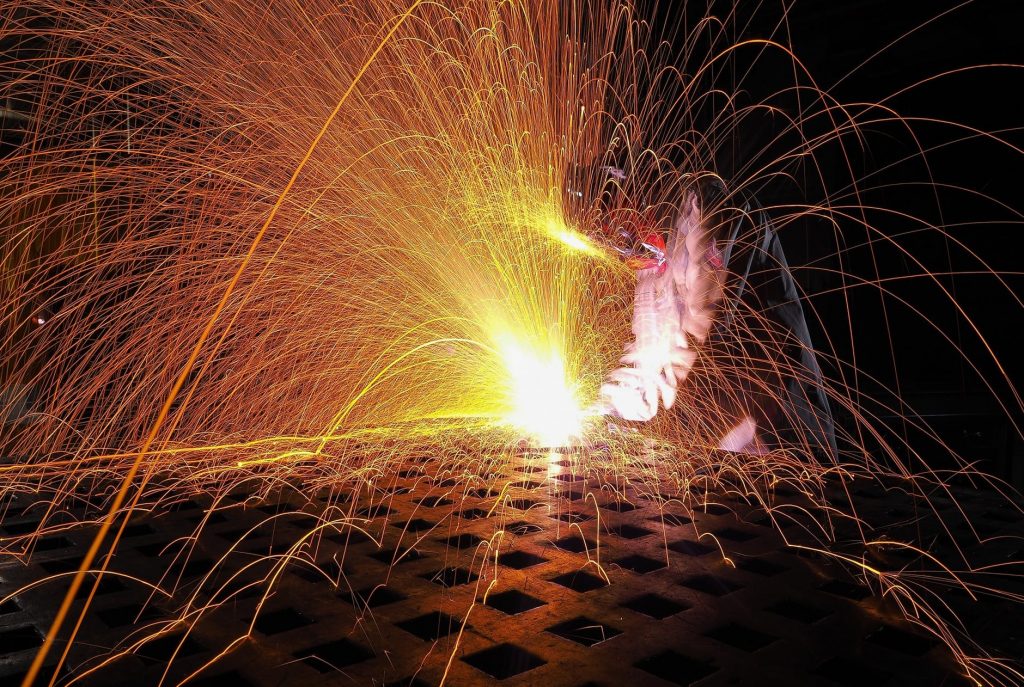When you throw away stuff, you may be quite pleased that once you eliminate it into the garbage it goes away without needing to be seen again! Regrettably, that is not the end of the real story. What we throw away need to go someplace— they are moved to a landfill to be bulldozed or brought to be incinerator to be burnt. Landfills could be horribly polluting. They seem awful, they stink, and they simply take up space that may be used for other, greater things. Plus they occasionally cause soil and water contamination that could kill fish from our rivers and oceans.
Among the most peculiar things relating to landfills is they’re wasting a massive amount of potentially useful material like wood and metal. Where did you think a log cut from a local tree removal goes to? It requires a whole lot of energy and also plenty of resources to create things and once we throw these items in a landfill, we are also saying goodbye to each of the power and resources that they contain. Some governments prefer to burn their garbage in giant incinerators rather than burying it in landfills. That surely has benefits: it reduces the total amount of waste which needs to be buried and it may generate energy. However, it may also create toxic air pollution and burn off nearly anything (except plants which have grown lately) increases the issue of global warming and climate change.
The problem is, we are all in the practice of throwing away stuff. At the first part of the 20th century, most people used substances a lot more sensibly —notably in World War II (1939—1945), when lots of raw materials have been in short supply. But in recent years we have come to be a very disposable society. We are apt to purchase new items rather than becoming older ones repaired. A good deal of guys use disposable razors, as an instance, rather than purchasing reusable ones, and a lot of girls wear disposable nylon stockings. Partly this is to do with the absolute ease of throwaway items. It is also because they are cheap: synthetic plastics, produced from petroleum-based substances, became incredibly affordable and widely accessible after the conclusion of World War II.
Apart from that, factories generated a lot of waste and were not apologetic about it. Wire
But that unsuccessful period in our history is coming to a conclusion.
We are finally beginning to understand our live-now, pay-later lifestyle is storing up problems for future generations. Earth is shortly likely to be running on vacant if we continue as we all are.
Why Recycle
If everybody reduced, reused, and recycled, we can make Earth’s resources move an awful lot farther. Recycling does not only save a thing’s lifecycle: it conserves energy too. Manufacturing items use a great deal of energy out of electricity plants—and starving power plants normally make global warming worse. We could save a surprising quantity of energy by recycling. If you recycle, for example, a wire furniture, you conserve approximately 95% of the energy it would require to earn a new one. That is enough energy stored to power your tv for approximately 3 hours! Recycling conserves substances, lessens the requirement to purge and incinerate, cuts pollution, and helps make the environment more appealing. Additionally, it generates jobs, since recycling items takes a little more effort than creating new items. You will frequently hear people say that more than half of the garbage we throw away could be recycled. Think of how good you will feel when you use recycled and sustainable timber products in contrast to other high-waste equivalents!
Just imagine if everybody were recycling many of the garbage: collectively, we would be creating a huge decline in the sum of raw energy and materials we use–and doing a great deal of good for the planet.
Recycle-able Materials:
Wood
Folks have been reusing that this conventional, renewable substance for so long as history. Waste wood either from personal use or from organizations like tree cutting companies can be turned into fresh wooden goods –for example recycled hardwood floors or garden decking. Old wooden railing sleepers (currently widely substituted with concrete) are occasionally used as construction timbers in houses and gardens. In addition, it can be composted or burnt as a fuel.
For gathered wood waste you’ve got from broken and old furniture, you may either sell them or reinstall them. In reality, many builders even decorate tiles, boards, flooring, doors and wood scraps. The tiniest parts of timber can be turned in to toys, plant stands or other goods for your property. Waste wood may also be stained and stuck with adhesives to create engineered timber components such as laminates. Locate a decent arts and crafts site and learn what you could do with your timber scraps in your home.
Metal
Metal components, like screws and nails, are utilized to combine wood collectively or as fittings for windows and doors. Massive pieces of metal may lead to damage to recycling machines and may be harmful to users of merchandise made from recycled timber, such as claws in horse bedding. Ferrous metals, like nails, may be eliminated using magnets. Non-ferrous metals, such as aluminum and metal fittings, might be taken out by means of a specialized separator.
Specialised expertise and innovative technologies are necessary for recycling to prepare and separate every kind of metal for remelting. A recycling chip feeds the garbage to a massive shredder to split it into smaller bits and it’s then chemically analyzed and saved by kind. This procedure may include ‘mixing’ the garbage into chrome steels, nickel alloys and other kinds of stainless steels. After mixing into piles for certain client requirements the garbage is subsequently packed into containers for export to international mills. These by-products are used to create all sorts of new, helpful products from stainless steel wire mesh panels to aerospace components.
There are a number of advantages associated with scrap metal recycling. Conserving excessive mining of our natural resources, decreasing greenhouse gasses and water contamination by recycling, reduce landfill dumping of an alloy which might have been recycled, with all the main benefit is the significant energy saving which is created from recycling scrap metal in contrast to production from raw materials in the environment and our economy.

